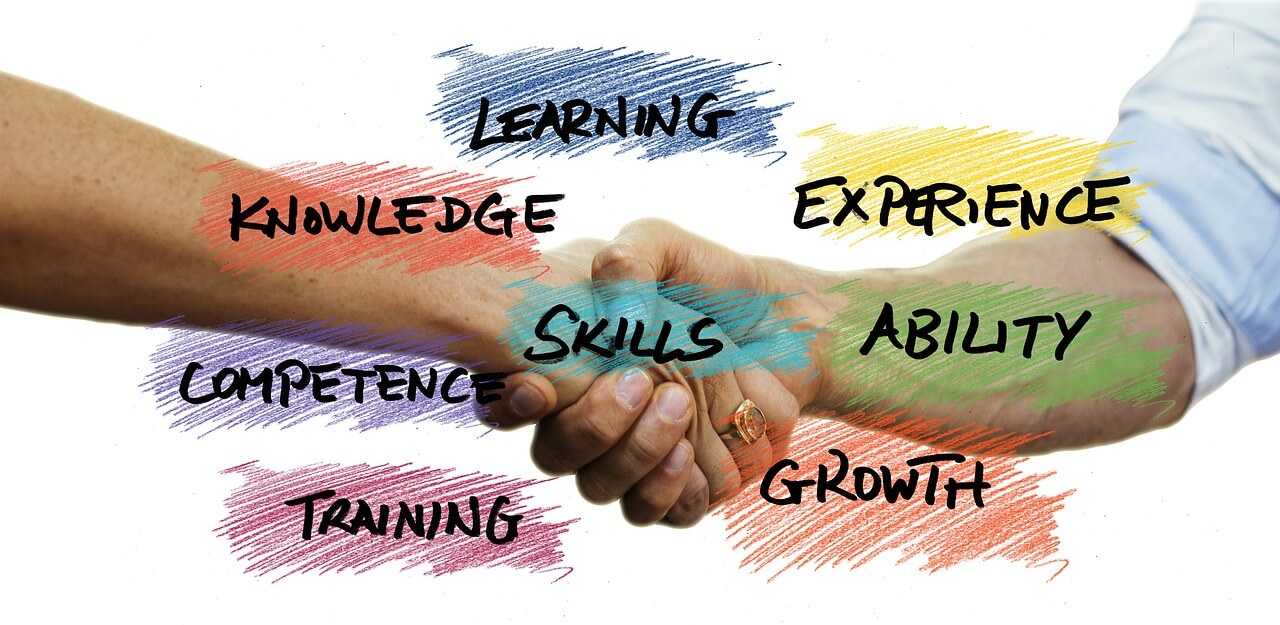Continuous employee training is one of the most important foundations that companies and institutions rely on to achieve success and sustainable growth. With the rapid developments in business environments and technology, it has become essential for organizations to keep up with these changes by continuously developing their employees' skills and improving their efficiency. Continuous training not only enhances job performance but also helps achieve long-term sustainability and growth.
First: What is Continuous Training?
Continuous training is the process of developing employees' skills and knowledge by providing regular training and development programs. This type of training aims to improve employee performance and enhance their abilities, whether in their areas of expertise or in new fields that meet the company's needs and align with developments in the sector in which it operates.
Second: The Role of Continuous Training in Improving Job Performance
One of the primary goals of continuous training is to improve employee job performance. The more skills an employee acquires, the more effectively and efficiently they can perform their tasks. Continuous training helps achieve this goal by:
- Updating Knowledge: Continuous training programs offer employees the opportunity to gain new knowledge and stay updated with technological and professional developments, enhancing their productivity.
- Improving Skills: Training courses help employees improve both technical and soft skills, such as communication, leadership, and problem-solving.
- Boosting Confidence: Continuous training boosts employees' confidence in performing their tasks, which increases job satisfaction and motivates them to give their best.
Third: Achieving Sustainable Growth through Continuous Training
Sustainable growth is the ultimate goal for every organization, and continuous training is a crucial part of this growth as it contributes to:
- Adapting to Change: In a constantly changing business world, companies must be flexible and able to adapt to new circumstances. Continuous training equips employees with the tools and skills needed to keep up with rapid market and technology changes.
- Improving Innovation: Employees with modern skills and advanced knowledge are more capable of innovating and offering new ideas, improving processes, services, and products.
- Enhancing Sustainability: Training employees on best practices and innovative work methods helps ensure business continuity and long-term sustainability.
Fourth: Benefits of Continuous Training for Employees and Organizations
- Increased Productivity: Continuous training directly contributes to increasing productivity, as employees acquire skills and knowledge that allow them to perform tasks more effectively and in less time.
- Improved Work Quality: Regularly training employees leads to improving the quality of services or products the company provides, which increases customer satisfaction and enhances the company's reputation in the market.
- Reduced Employee Turnover: Employees who receive training opportunities feel valued by the company, increasing their loyalty and reducing the likelihood of leaving the job.
- Enhanced Leadership and Management: Continuous training helps develop leadership skills in current employees, preparing them to take on managerial roles in the future, enhancing leadership sustainability within the company.
- Improved Employee Morale: Employees feel appreciated and valued when employers invest in their professional development. This leads to improved morale, positively impacting the performance of the entire team.
Fifth: Types of Continuous Training
There are several types of continuous training that companies can adopt, including:
- In-House Training: Companies can organize internal training sessions focused on improving daily work skills and team development.
- External Training: This includes sending employees to attend external courses or workshops to receive specialized training.
- Online Training: Online training offers flexibility for employees to learn at their own pace and from anywhere, providing access to a diverse range of training content.
- Interactive and Experiential Training: This type of training uses technological tools such as simulations and virtual reality to teach practical skills.
Sixth: How to Implement Effective Continuous Training Programs
To maximize the benefits of continuous training programs, practical steps must be followed for successful implementation:
- Training Needs Analysis: Before starting any training program, it is essential to analyze the company's and employees' needs to identify areas that require improvement.
- Choosing the Right Training Methods: Training methods should vary between in-person, online courses, and interactive workshops to meet the diverse needs of employees.
- Providing Continuous Feedback: There should be ongoing feedback between employees and trainers to ensure the training content meets expectations and needs.
- Monitoring Results: It is important to monitor the impact of training on performance and analyze the results to measure its effectiveness and ensure that goals are achieved.
Conclusion
Continuous employee training is not just a short-term investment but a key factor in achieving long-term success for any organization. By improving skills, enhancing efficiency, and increasing innovation, companies can leverage continuous training to meet their long-term goals. Continuous training is an essential step to ensure a company stays on the path of growth and sustainable improvement in an ever-changing and fast-paced business world.





No comment yet, add your voice below!